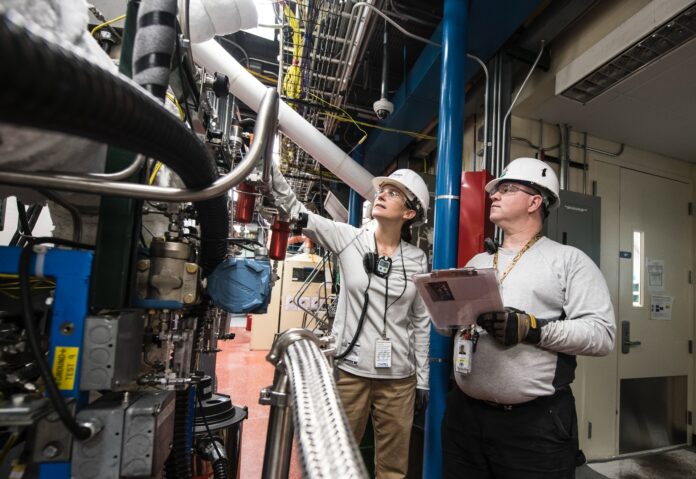Maintenance management is the process of maintaining your company’s assets and resources while controlling time and costs to ensure manufacturing efficiency. There are four main types of maintenance management methods that you can choose depending on your budget and your specific needs.
When deciding on which strategy to use, you have to come up with a correct blend of approaches that works best for your particular organization. Planning it all out and making sure you revisit your strategies frequently plays a big part in your company’s success. The four types of maintenance management are run-to failure, preventive maintenance, predictive maintenance, and reliability-centered maintenance.
1. Run-to Failure Maintenance
In the run-to failure maintenance method, assets are allowed to operate until they break down. You don’t carry out maintenance on any of these assets until there is an event of failure, in which case you fix them without having production issues. By finding out what is CMMS software and incorporating it, you can make this method even more efficient.
When using this method, you must consider having spare parts and reliable staff on hand to replace these parts promptly. It is best to use this strategy on assets that don’t have safety risks and minimally impact production.
The advantages that you gain when using this strategy are:
- It is simple and easy to understand
- There is minimal planning required
- You may need fewer people and resources since less work is done
However, some disadvantages come with this strategy, including:
- There are safety risks involved
- It makes planning for staff difficult
- Machine breakdown is highly unpredictable
2. Preventive Maintenance
In preventive maintenance, there is regular servicing of assets. Therefore, you might have to consider having a fixed plan for the period of care.
This type of proactive maintenance includes adjustments, lubrication, repairs, and parts replacement. Preventive maintenance software keeps assets in good working order and reduces downtime and major repairs.
Below are a couple of advantages of using a preventive maintenance strategy:
- There is minimal assets breakdown
- Reduced downtime
Despite its benefits, take a look at some downsides of preventive maintenance strategy:
- It is more labor-intensive
- There is unnecessary maintenance of equipment leading to loss of labor and equipment
3. Predictive Maintenance
In predictive maintenance, maintenance is done on the probability of asset failure. You may consider using this strategy to ensure that the production process runs smoothly even in complex operations — if you run a larger organization.
The following are some of the benefits you can get from choosing this maintenance strategy:
- Reduces unexpected failure and repair time
- Improves worker and environmental safety
- Decreases maintenance costs
- Increases production efficiency
- Increases the service life of machine parts
These are some disadvantages of using the predictive maintenance strategy:
- Has high start-up costs
- Misinterpreted data may lead to a false request
- There is a limitation of some equipment
4. Reliability Centered Maintenance
This is a strategy that you might want to consider to optimize your maintenance program or facility. It includes having a specific maintenance strategy for each asset that is optimized to maintain productivity using cost-effective maintenance techniques. In reliability centered maintenance, the concept of planning is to ensure that systems continue to do what you require them to, in their present operating context.
The following are the benefits of the above maintenance strategy:
- It increases equipment availability and reliability
- It reduces maintenance costs
- It incorporates root cause analysis
- It helps to prevent loss of life, property damage, and environmental harm
- Lowers staff costs
The following are the disadvantages of using the reliability centered maintenance strategy:
- It is an expensive method since there are high costs of equipment and training of staff
- To be effective, it requires a certain level of maintenance maturity to ensure accurate and complete asset data
Your job as the maintenance manager is to create a comprehensive maintenance strategy that is efficient, cost-effective, and safe. CMMS facilities can help you and your team increase the effectiveness and reliability of maintenance management strategy.
Find a Home-Based Business to Start-Up >>> Hundreds of Business Listings.

















































